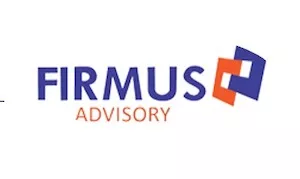Fish makes up 60 percent of the average Ghanaian's protein diet. It is the next popular animal protein after chicken and beef and expected to overtake them in a few years. Global trends currently show a growing demand for healthier substitutes to beef and chicken, and fish can be a much leaner and lower calorie source of protein.
Before you read more, Click here to download full Market Research Report on Fish Farming in Ghana
Market Growth/ Industry Structure
The fishing industry in Ghana is generally made up of the marine, inland (freshwater) and aquaculture. The sector is dominated by the marine subsector which has the highest level of production, followed by the lagoon and inland subsectors and then the aquaculture sub-sector. The marine and inland fisheries have recently reached maximum sustainability and have led to declining stocks. In an effort to compensate for the declining marine catches and to meet the demand, aquaculture has been widely promoted with the hope of bridging the gap.
Investment Opportunities in fish farming
Investment opportunities exist in fish farming such as the production of fish feed, rearing, and stocking of high-quality fingerlings and training and capacity building in fish farming.
- Ghana is currently running a monopoly market in fish feed production, but the introduction of another feed mill would promote competitive pricing of fish feed. Presently, Raanan Feeds (Indian company) which is one of the largest feed mills in Ghana, is responsible for 70 percent of total production. Some farmers may opt to import fish feed but it is estimated at a 30 percent increment after import dues and charges.
- There has been an increase in private hatcheries to aid the development of aquaculture, however, there is still a deficit of 50 million fingerlings annually. The deficit supply of fingerlings limits the number of potential fish farmers in Ghana and further leads existing farmers to resort to undesired species to reproduce. There is a market need for a reliable hatchery which can produce fry and fingerlings of high quality.
- Training and education are of the need for the youth across the entire value chain; new fish farming methods, technology, harvesting, draining ponds, stocking cages and ponds and fish farm maintenance are key industry skill requirements. There are numerous opportunities existing for the private sector to fill this gap.
To view the article in full click here
The content of this article is intended to provide a general guide to the subject matter. Specialist advice should be sought about your specific circumstances.

